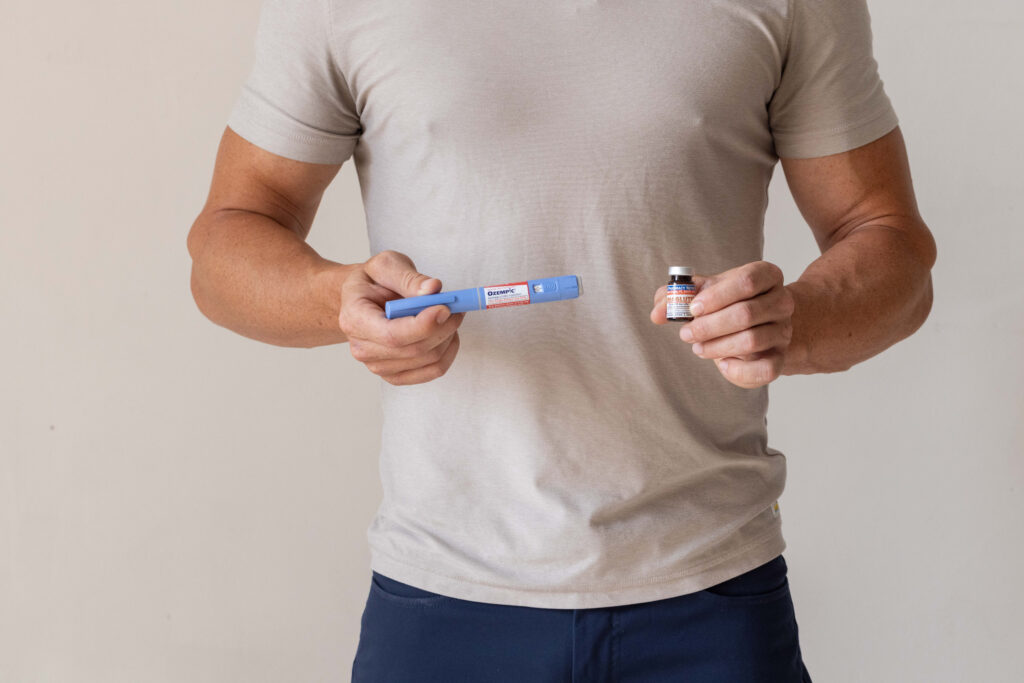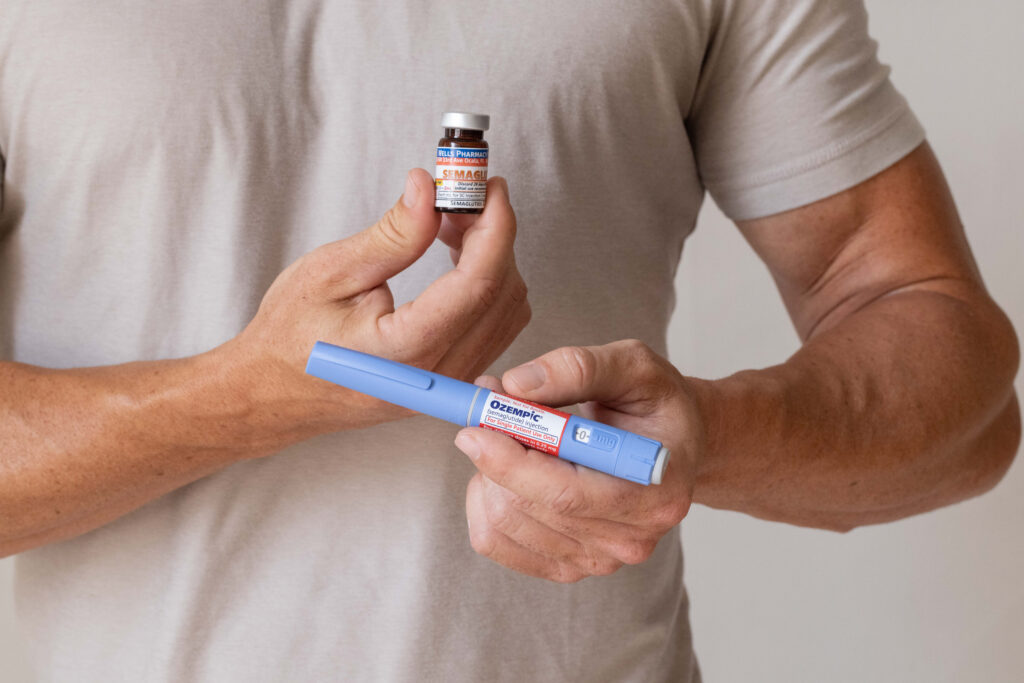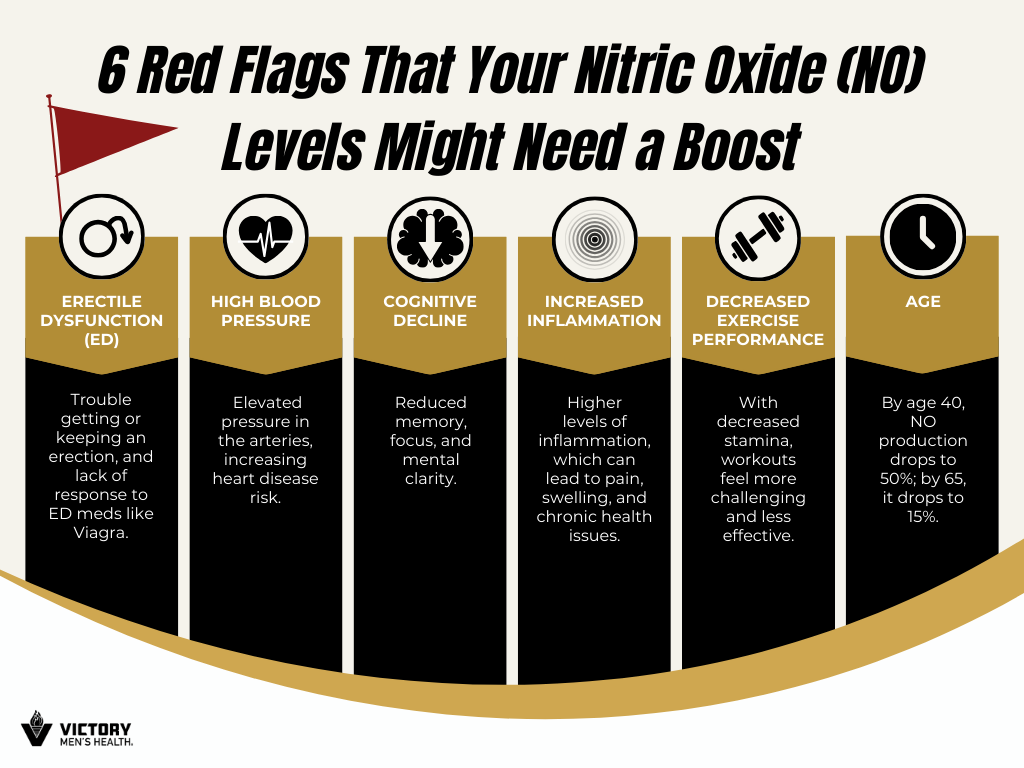Are you dealing with irregular periods, unexplained weight gain, or trouble conceiving? It’s incredibly frustrating when women’s health issues are often grouped or left unexplained when in reality, symptoms like these are usually connected to a common root issue. This rings especially true when it comes to insulin resistance and PCOS.
At Victory Men’s Health, we’re dedicated to not just addressing symptoms but also getting to the heart of the problem for our clients. That’s why we’re excited to dive into this crucial topic on our blog and our podcast, Women Want Strong Men.
In one of our recent podcast episodes, we had an enlightening conversation with Angie Nichols from Tier 1 Health and Wellness. Angie shared her expertise on PCOS, explaining how it’s often tied to insulin resistance and why it’s important to get the right lab tests.
Understanding what’s happening in your body and how to take control of your health is empowering. So, if you’ve been feeling overwhelmed by these symptoms, know that you’re not alone, and there are answers out there. Let’s dive into what Angie had to say and learn more about managing PCOS effectively.
What is PCOS?
Polycystic Ovarian Syndrome, or PCOS, is a complex endocrine and metabolic disorder affecting millions of women of reproductive age. It is characterized by a combination of symptoms that impact hormonal levels, metabolism, and overall health.
This genetic condition manifests through various symptoms primarily due to insulin resistance. Although there is no cure for PCOS, managing the symptoms effectively can significantly improve the quality of life for those affected.
The Connection Between Insulin Resistance and PCOS
Insulin resistance is a key factor in the development and progression of PCOS. This condition takes place when the body’s cells become less responsive to the effects of insulin, a hormone produced by the pancreas that helps regulate blood sugar levels. When insulin resistance occurs, the pancreas compensates by producing more insulin, leading to elevated insulin levels in the bloodstream.
Elevated insulin levels can have several effects on the body, including stimulating the ovaries to produce more androgens (male hormones) such as testosterone. In women with PCOS, this excess of androgens disrupts the normal balance of hormones, leading to symptoms such as irregular menstrual cycles, ovarian cysts, and infertility.
By addressing insulin resistance and its underlying effects, women with PCOS can better manage their condition and improve their overall quality of life.
What are the symptoms of PCOS?
Recognizing the symptoms of PCOS is the first step toward effective management. Once you’ve identified them, you can be proactive about treating your symptoms and regaining control of your health and well-being. Here are some common signs to watch for.
- Irregular Periods: Inconsistent menstrual cycles or the absence of periods.
- Excess Hair Growth: Particularly on the face, chest, and back.
- Acne: Severe and persistent acne that doesn’t respond well to typical treatments.
- Weight Gain: Difficulty losing weight despite diet and exercise efforts.
- Thinning Hair: Hair loss or thinning on the scalp.
How Can I Test For PCOS?
When diagnosing and managing PCOS, several lab tests can provide helpful information. According to Angie, these are the essential labs you should consider.
- FSH and LH Levels: These are hormones produced by the pituitary gland that regulate the reproductive system. In PCOS, your FSH and LH levels can be imbalanced, often showing a higher LH to FSH ratio . This imbalance can affect ovulation and menstrual cycles.
- Thyroid Function Tests: These tests measure levels of thyroid hormones (T3, T4) and Thyroid-Stimulating Hormone (TSH) in your blood. Thyroid dysfunction can mimic or exacerbate symptoms of PCOS. It’s important to rule out thyroid issues to ensure accurate diagnosis and treatment.
- Free Testosterone Levels: This test measures the level of testosterone that is not bound to proteins in your blood. Elevated free testosterone levels are common in PCOS and can contribute to symptoms like hirsutism (excessive hair growth), acne, and scalp hair loss.
- Insulin and Glucose Levels: These tests measure fasting insulin and glucose levels to assess how your body manages blood sugar.
- Sex Hormone Binding Globulin (SHBG): This is a protein that binds to sex hormones, including testosterone. Low levels of SHBG are often seen in PCOS and can lead to higher levels of free testosterone, worsening your symptoms.
- A1C: This test gives you a picture of your average blood sugar levels over the last three months, which is crucial for understanding insulin resistance. This is diagnostic of prediabetes and diabetes but might still be normal with high fasting insulin, meaning the person is insulin resistant and just not diabetic yet.
Is there a cure for PCOS?
There is no known cure for PCOS, but there are several ways to help manage your symptoms. Adopting a balanced diet and getting regular exercise are foundational steps in managing PCOS.
A diet rich in whole foods, low in processed sugars, and high in fiber can help regulate blood sugar levels and improve insulin sensitivity. Regular exercise, including both aerobic and strength training, can aid in weight management and reduce symptoms of insulin resistance.
Ultimately, PCOS is all about managing your symptoms, insulin, and blood sugar.
What are the treatment options for PCOS symptoms?
Here are some of the most effective medications commonly prescribed for PCOS:
- Semaglutide
- Metformin
- Spironolactone
- Progesterone
- Combined Thyroid Medications
- Levothyroxine
- Combined Oral Contraceptives
Semaglutide
Semaglutide has shown promise in managing weight gain associated with PCOS. It’s a GLP-1 receptor agonist that works by regulating appetite and food intake, leading to significant weight loss. At Victory Men’s Health, we offer Semaglutide as a treatment option for individuals struggling with weight management. This medication can help improve insulin sensitivity and reduce the severity of other PCOS symptoms.
Metformin
Metformin is one of the most commonly prescribed medications for managing insulin resistance in women with PCOS. It works by improving the body’s response to insulin and reducing glucose production in the liver. Metformin can help regulate menstrual cycles, reduce androgen levels, and promote ovulation.
Spironolactone
This medication is often used to treat symptoms related to excess androgen levels, such as hirsutism (excessive hair growth) and acne. Spironolactone works by blocking androgen receptors and reducing androgen production in the body. It’s an effective option for managing the cosmetic symptoms of PCOS.
Progesterone
If you have irregular menstrual cycles, progesterone can be prescribed to help induce regular periods. This hormone therapy can also reduce the risk of endometrial hyperplasia, a condition that can occur with prolonged menstrual irregularity.
Combined Thyroid Medications
Unlike medications like Levothyroxine that only contain T4 thyroid hormones, combined thyroid medications such as NP Thyroid or Armour Thyroid contain both T3 and T4 thyroid hormones, providing a more balanced approach.
| Some patients using Levothyroxine will have an improvement in TSH and free T4, but have poor conversion into free T3, resulting in the issues continuing. Other combined therapies like NP thyroid and armour thyroid medications address both T4 and T3, while Levothyroxine only addresses T4 and relies on your body to do the conversion to T3. |
According to Dr. Angie Nichols, raising your thyroid levels to a therapeutic range can significantly improve PCOS symptoms and boost your energy levels. By addressing underlying thyroid issues, these medications support better metabolic and reproductive health.
Levothyroxine
If thyroid dysfunction is contributing to your PCOS symptoms, managing your thyroid levels is crucial. Levothyroxine is a common medication used to treat hypothyroidism, helping to normalize thyroid hormone levels and alleviate related symptoms.
Combined Oral Contraceptives
Birth control pills are commonly prescribed to help regulate menstrual cycles and manage androgen levels. They work by providing a steady level of hormones, reducing the severity of PCOS symptoms such as acne, excessive hair growth, and menstrual irregularity.
However, while effective at covering up symptoms, birth control pills do not address the root cause of PCOS or the long-term issues, such as infertility. For this reason, healthcare providers who focus on optimizing hormones, like Dr. Nichols, don’t typically prescribe them for PCOS.
Take Action With Victory Men’s Health
By understanding the connection between insulin resistance and PCOS, recognizing the symptoms, and requesting the right labs from a healthcare provider, you can take steps toward better health. For women that we suspect may have PCOS, we often recommend micronutrient testing to get to the root of the hormone imbalance that may be causing some symptoms.
While PCOS is specific to women, men can also face challenges related to insulin resistance. If you have a loved one experiencing symptoms such as unexplained weight gain, fatigue, or difficulty managing blood sugar levels, it’s essential to seek support from a men’s health specialist.
Our team at Victory Men’s Health is here to provide personalized care and guidance, helping to address any concerns related to insulin resistance and other men’s health issues. Contact us today to schedule a consultation and take the first step towards regaining control of your health and well-being.




